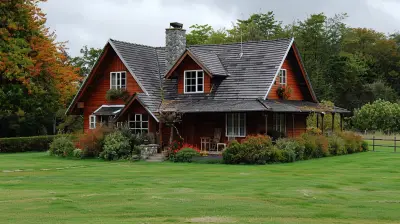How Eco-Friendly Paints and Finishes Can Transform Your Home
11 October 2025
So, you're ready to jazz up your space, slap on some color, and maybe even pretend you’re the next Picasso with a paintbrush. But before you drown your walls in just any ol' paint, let’s talk green—not the color (unless you're into that), but the kind that’s easy on Mother Earth.
Eco-friendly paints and finishes are the unsung heroes of home improvement. They’re like that one friend who makes everything better without stealing the spotlight. Not only do these planet-loving products make your digs look fabulous, but they can actually boost your health, amp up your home's value, and slash harmful toxins right out of your life. Wild, right?
In this deep-dive (but totally casual) guide, we’re going to break down how eco-friendly paints and finishes can totally transform your home—visually, emotionally, and environmentally.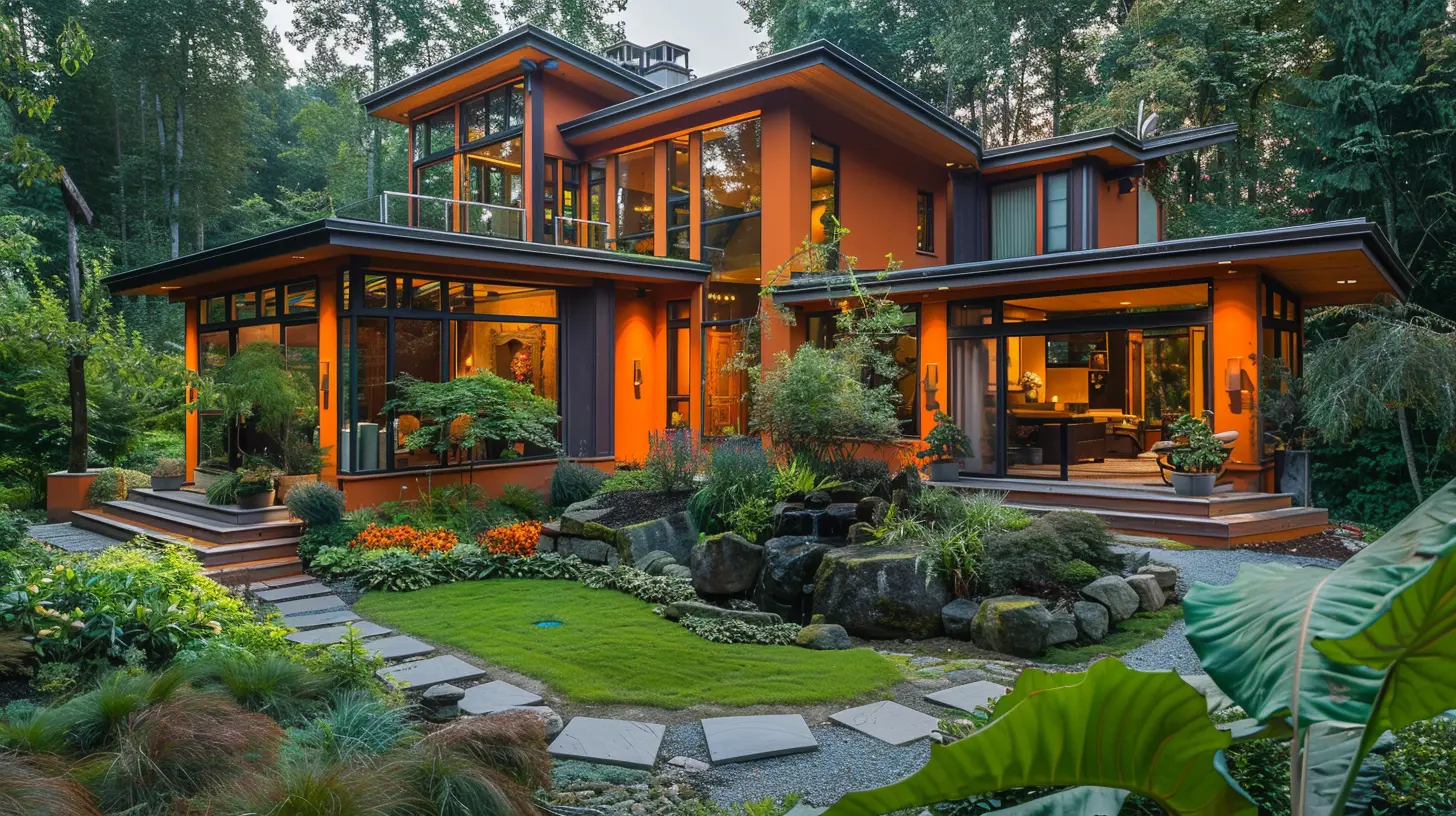
What Exactly Are Eco-Friendly Paints and Finishes?
Let’s start with the basics. What makes a paint eco-friendly? Is it just wearing a little green logo and costing more than your lunch budget? Not quite.Eco-friendly paints and finishes are formulated with:
- Low or Zero VOCs (Volatile Organic Compounds)
- Natural Ingredients (think: clay, milk protein, citrus, and essential oils)
- Non-toxic pigments
- Sustainable manufacturing processes
In plain English: it's paint that won’t make your lungs cry or turn your living room into a chemical sauna.
Wait... What Are VOCs and Why Should I Care?
Ever walked into a freshly painted room and felt like your nostrils were under attack? That’s VOCs at work. These compounds evaporate into the air as the paint dries, and they’re not just smelly—they can be downright dangerous. We're talking headaches, dizziness, respiratory problems, and long-term exposure can even mess with your nervous system.Eco-friendly paints say "no thanks" to all that nonsense.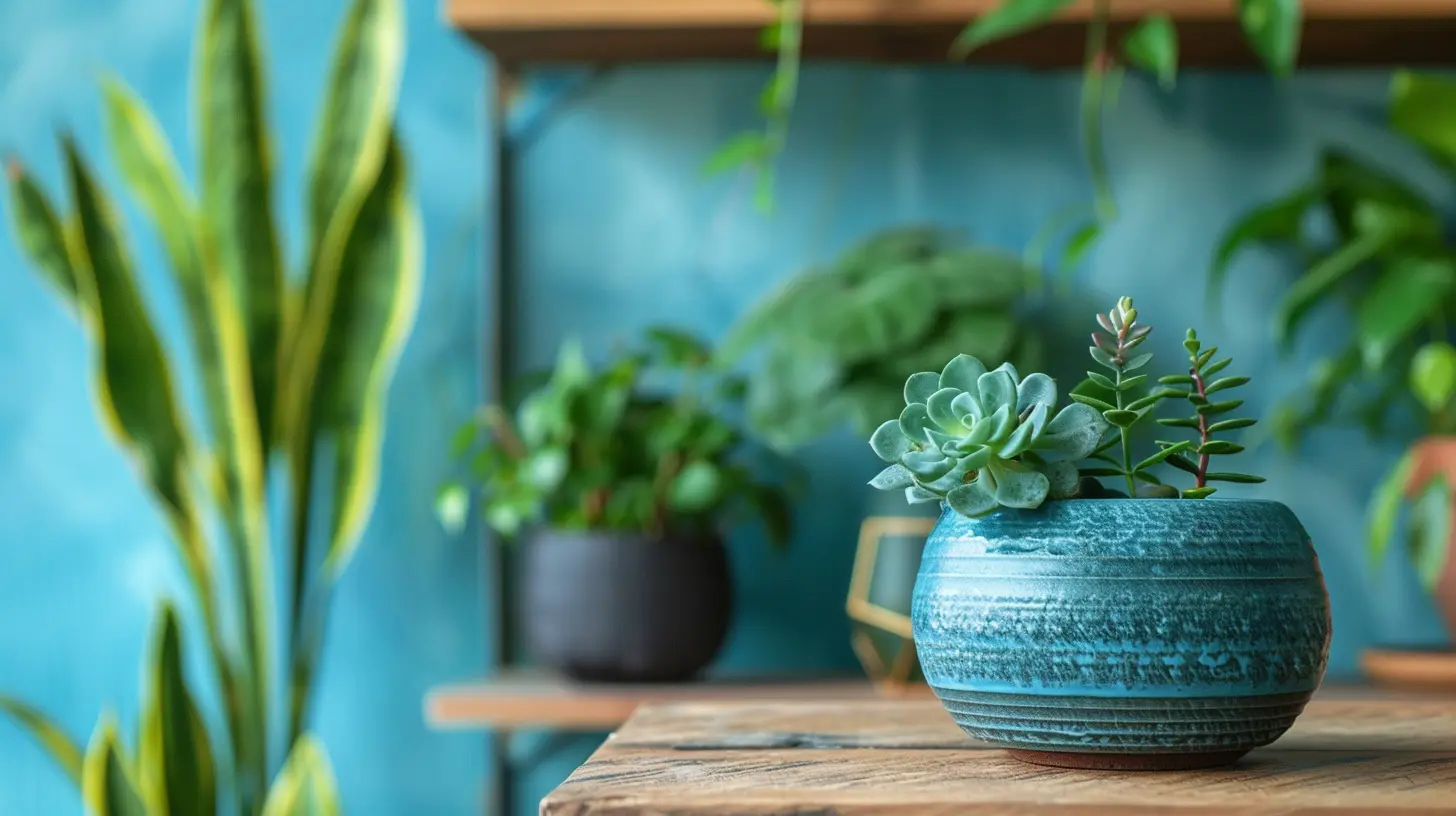
A Makeover Without a Meltdown: Benefits of Green Painting
Transforming your home doesn’t have to mean sacrificing health, the environment—or your sanity. Let’s break down the perks like a playlist of feel-good jams.1. Cleaner Indoor Air = Healthier You
We spend a ridiculous amount of time indoors (some studies say up to 90%). Now imagine living in a space where the very air is quietly full of toxins. Yikes.Eco-friendly paints reduce or eliminate VOCs, meaning your indoor air stays fresher, your allergies get a break, and your lungs throw a tiny party every day.
2. No More Paint Fume Hangovers
Traditional paints can leave your home smelling like a hardware store for weeks. Eco paints? They’re often low-odor or completely odor-free. You can paint a room in the morning and host a dinner party that night. Well, maybe give yourself an hour to clean those paint brushes first.3. They’re Just as Gorgeous (If Not More)
Let’s bust a myth right now: eco-friendly paints are NOT all beige and bland. These paints come in every color under the rainbow—and then some. Whether you're into serene sage greens or bold peacock blues, there's a sustainable splash for that.Plus, because these paints use high-quality natural pigments, the colors are often richer and have more depth. It’s like they have a soulful glow that synthetic paints just can’t match.
4. Durability You Can Count On
You’re not trying to paint your living room every six months, right? High-quality eco paints are made to last. They're tough enough to withstand life’s messes—kids, pets, unexpected spaghetti wall-art—and still look fab. Some brands even outperform traditional paints in wear and scrub tests.5. Good Karma, Better Planet
Choosing eco-friendly finishes is like giving the planet a warm hug. Less pollution, less toxicity, and biodegradable ingredients mean your renovation creates beauty without a mess in the bigger picture.You don’t have to install solar panels and a composting toilet to go green—sometimes all it takes is a paint can.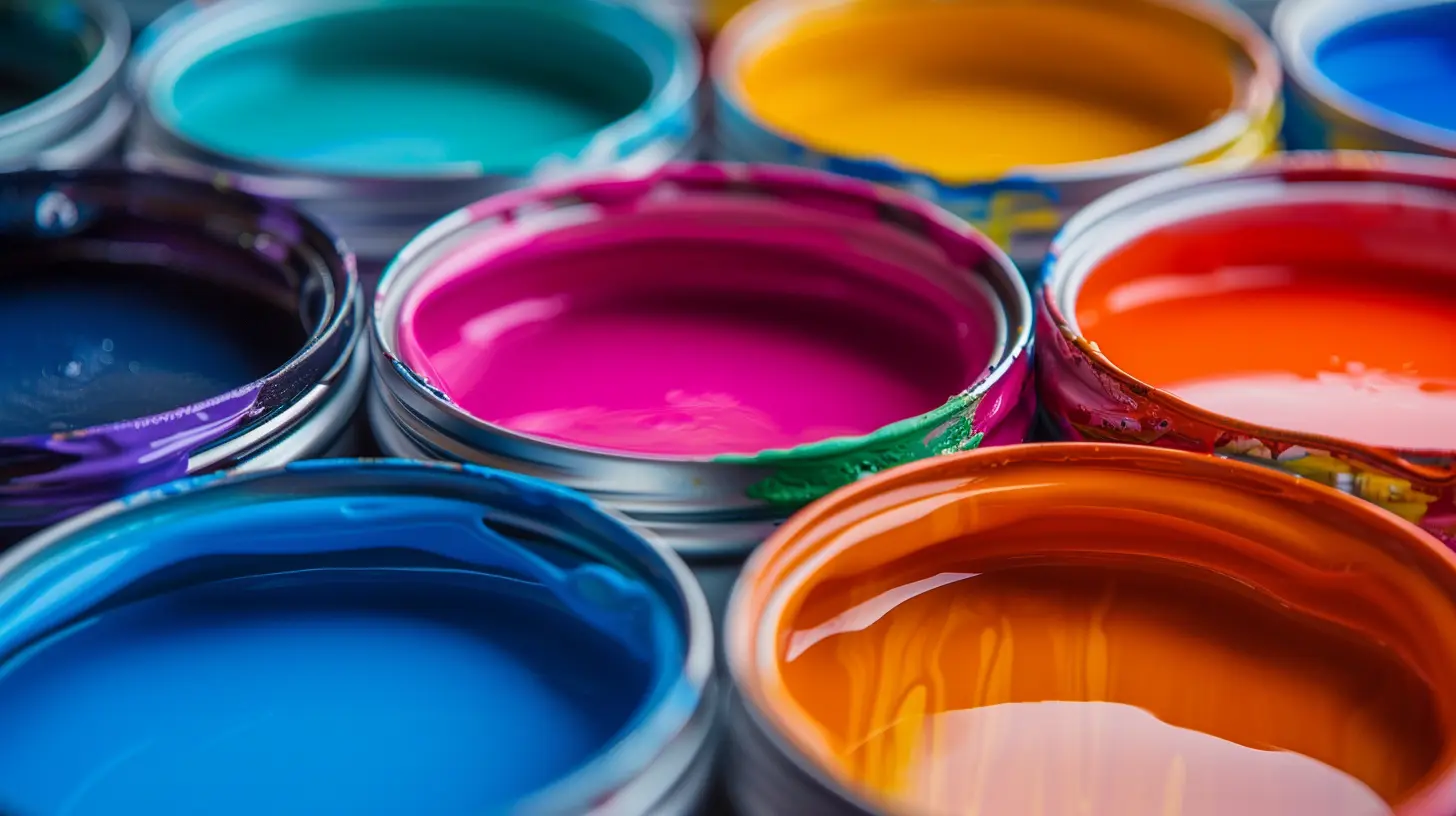
Types of Eco-Friendly Paints and Finishes (Spoiler: There's More Than One)
Choosing a sustainable paint these days is a bit like ordering coffee at a hipster café—there's a lot of options, and some of them will surprise you.✨ Low-VOC and Zero-VOC Paints
These are the most common and easy to find. Most big-name brands now offer low or zero-VOC versions. Just make sure to check that the tints are also VOC-free—some sneak them in there.✨ Natural Paints
Made from ingredients like:- Clay
- Chalk
- Plant oils
- Milk protein (casein)
- Lime
These are usually more breathable and ideal for people with chemical sensitivities. Bonus: they age beautifully and develop a charming, lived-in look over time.
✨ Milk Paint
No, it doesn’t smell like expired dairy. Milk paint is ancient (like Egyptian pyramid ancient), and it’s made with milk protein, lime, and natural pigments. It gives a matte, vintage look that’s perfect for furniture or rustic walls.✨ Natural Wood Finishes
If you're refinishing floors, cabinets, or furniture, look for products like:- Beeswax
- Carnauba wax
- Tung oil
- Linseed oil
These finishes enhance natural wood grain and offer protection without sealing in toxins or off-gassing for weeks. And they smell kind of amazing.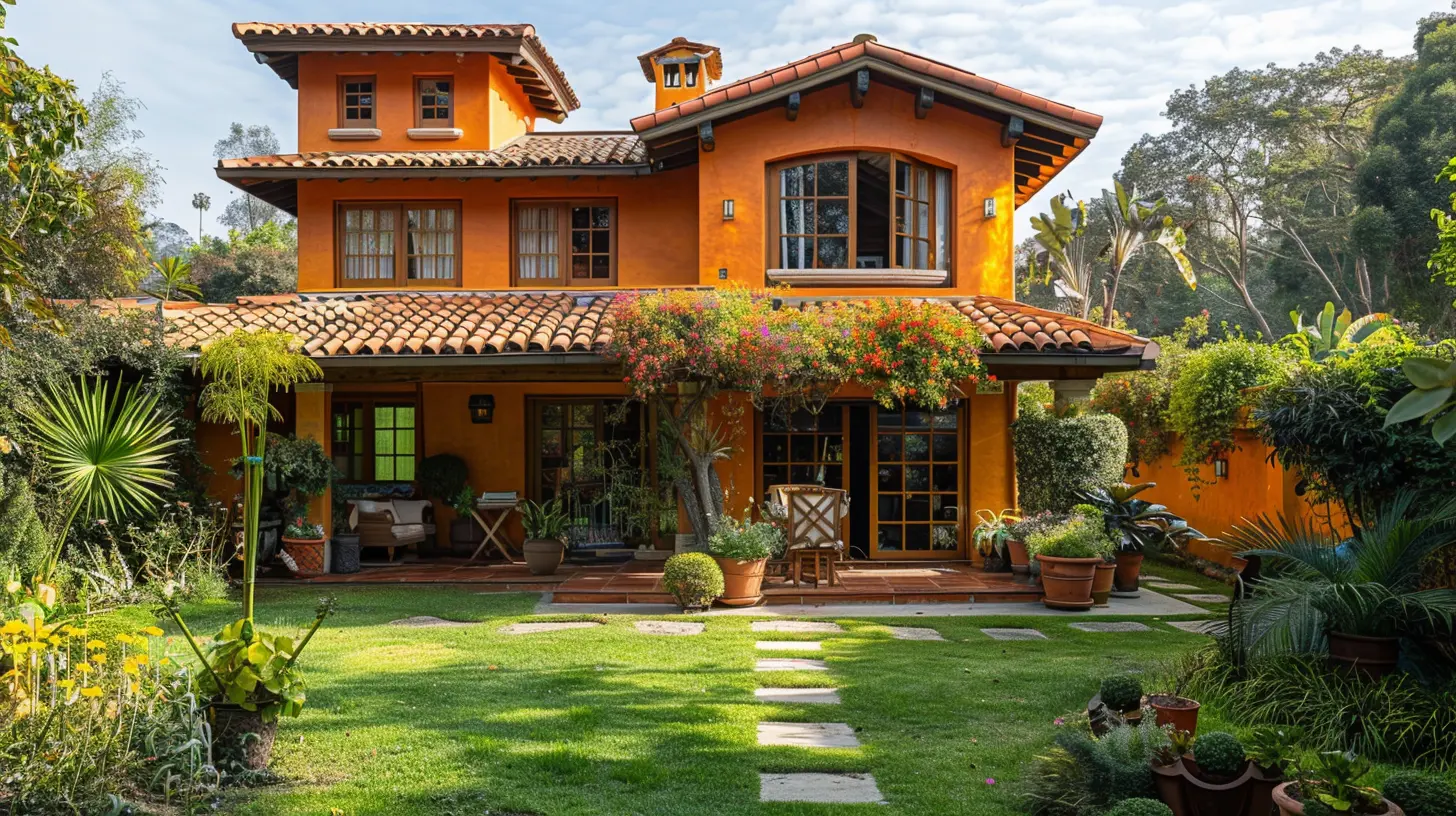
Where to Use Eco-Friendly Paints for Maximum Wow
Ready to wield your sustainable brush like a wizard wand? Here’s where eco-friendly paints really shine (literally and figuratively).🛏 Bedrooms
Toxic fumes + sleeping = Not ideal. Eco-paints make bedrooms feel like a lush retreat rather than a space-age lab experiment.🍝 Kitchens
Since you’re prepping and eating food here, keeping the air clean is crucial. Low-VOC paints keep your risotto fume-free and delicious.🚿 Bathrooms
Humidity can intensify off-gassing in traditional paints. Eco options are kinder to your lungs and moisture-resistant to boot.🛋 Living Rooms
A space where you binge-watch, nap, entertain, and maybe even do yoga? That deserves the healthiest air possible. And hey, eco paints can make your favorite wall color pop like a boss.🪑 Furniture & Cabinets
Revamp old pieces with low-toxicity finishes and paints. No need to toss outdated furniture—just give it a green facelift.Real Talk: Are Eco-Friendly Paints Worth the Cost?
We get it. Sometimes sustainable products come with a higher price tag, and you're wondering if it’s just clever marketing or the real deal.So, here’s the scoop: yes, eco-paints are often a bit pricier per gallon. But:
- You usually don’t need as many coats (cha-ching!)
- They last longer
- They reduce your family’s exposure to toxins
- They may boost home resale value
- And you'll avoid that stealthy medical bill when your sinuses revolt
In the big picture, the value adds up quickly.
Tips for Choosing the Right Eco-Friendly Paint
Shopping for paint isn’t exactly Netflix-and-chill material, but these quick tips will make the process a breeze.✅ Check for Certifications
Look for labels like:- GreenGuard Gold
- EcoLabel
- LEED Credit eligibility
These third-party stamps mean the paint has passed rigorous green standards.
✅ Read the Fine Print
“Low-VOC” isn’t the same as “VOCs are gone forever.” Check the actual VOC content (measured in g/L) and look for numbers under 50 g/L for interior paints.✅ Don’t Forget the Primer!
Go green all the way—use eco-friendly primers to prevent your healthy new layer from sitting on top of a chemical stew.✅ Test Before You Paint Everything
Natural pigments can look different depending on lighting and wall texture. Always test a patch first before going full Monet.The Bottom Line: Your Home Deserves Better Vibes
Your home is more than four walls and a roof—it’s where you dance in your socks, cry during movies, and eat snacks far past acceptable hours. It’s your sanctuary.Eco-friendly paints and finishes don’t just change the look of your home—they shift the energy. They clear the air (literally), protect your health, and give your conscience a comfy place to nap.
So next time you're itching for a change, consider more than just color palettes. Think about what you're breathing, what you're creating, and how even something as simple as a can of paint can make a ripple in the world.
Go ahead. Paint with purpose. Your walls—and your lungs—will thank you.
all images in this post were generated using AI tools
Category:
Green HomesAuthor:

Lydia Hodge
Discussion
rate this article
1 comments
Hugo Kirkland
Great insights on eco-friendly paints! It's inspiring to see how sustainable choices can enhance both the aesthetics and health of our homes. Looking forward to more articles like this!
October 13, 2025 at 2:31 AM

Lydia Hodge
Thank you for your kind words! I'm glad you found the article inspiring. Stay tuned for more on sustainable home choices!

